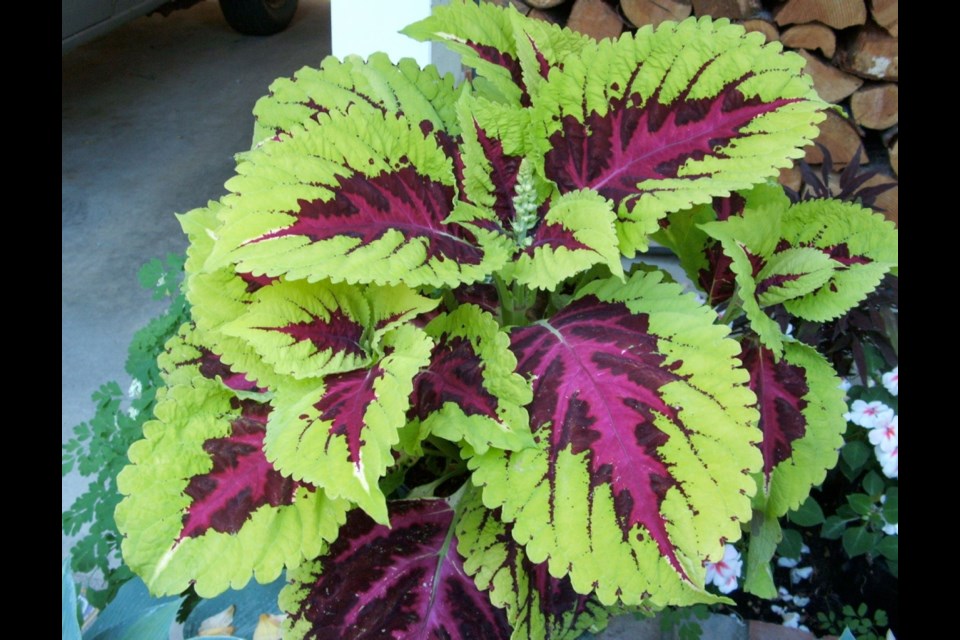Dear Helen: Earlier in the spring I admired patches of little pink flowers in a friend’s garden. When I asked what they were she said they grow from bulbs and are called “Pink Giant.” I’d love to have some of these beauties in my garden. Can you tell me what they are and where I might buy the bulbs?
M.H.
Pink Giant is a variety of Chionodoxa, commonly known as glory of the snow. The bulbs are available in most garden centres early in the fall.
Most glory of the snow varieties have small blue flowers that are charming planted in lawns, where they bloom before mowing begins. Pink Giant, as the name suggests, is a notably more substantial, larger-flowered plant than others of its kind, with sturdy stems and showy clusters of rosy pink blooms.
Plantings of them have lived and flowered for many years in my garden. They provide lovely little bouquets for the house during March and April. Friends helping in the garden this spring noticed and admired the sparkling pink flowers, which became handy gifts of thanks for their labours, along with spring greens to take home.
One friend took her pink glory of the snow flowers home to enjoy in a beautiful pinkish grey vase that her son made for her.
Dear Helen: Because I garden on a deck, and have friends who have container gardens on patios and apartment balconies, I found a suggestion you passed along recently very useful. It was originally from Elizabeth Cull, in regard to her deck garden, where she uses grasses and evergreen plants as a year-round framework and background for a roster of more showy seasonal plants. I’d appreciate some suggestions for flowering and colourful plants that would be suitable choices for each season.
B.C.
Choices in plants to display against the evergreen background will depend upon personal taste in plants and the sun exposure of the container garden. I can offer a few suggestions. Consider also regular strolls through garden centre displays. Check labels to make sure the plants you are considering suit the sun exposure of your garden.
May and June are months for setting up plantings that will flower all summer and into early autumn. Popular for mostly sunny sites are petunia, calibrachoa, marigold, zinnia, snapdragon, small bedding dahlias, zonal geranium and verbena.
For mainly shaded locations, look among the begonias, impatiens, fuchsias, coleus and lobelia.
In September and October, as summer flowers are beginning to look tired, fill containers with plants that will provide colour and bloom during the autumn and winter. Pansies and violas shine here. They yield flowers in the fall and during mild winter weather before coming into full, brilliant bloom in March, April and early May. Some of these flowers are fragrant.
For added colour in the fall and winter display, look for dwarf variegated evergreens and winter heathers. Ornamental kale and cabbage plants look like big roses, and leaves can be detached for adding to winter salads: Have your kale and eat it, too.
Select spring flower bulbs for potting. Winter them against a wall, out of the rain. Check them occasionally to make sure the soil does not dry out. With emerging growth in late winter, set the pots in their display spots and add potted primroses and more pansy and viola transplants to the spring display.
Dear Helen: I have a last few potatoes to plant as I’m running out of room in the vegetable garden. The only spot currently available is next to the strawberries. Potatoes and strawberries seem like unlikely companion plants. What do you think?
L.P.
Though they seem like an odd combination, strawberries are considered good companions for potatoes. Perhaps that’s partly because they both do best in slightly to moderately acidic soils. They both benefit also from mulching with straw. I’ve arranged straw around my strawberry plants, to keep the berry clusters clean and dry as they develop and ripen. Straw is a commonly used late spring and summer mulch around potatoes. The straw deflects heat and keeps the soil cool and moist.
If there is a little more space beside and around the strawberries, lettuce is recommended as a good strawberry companion. The two are said to enhance their mutual health and productivity.



